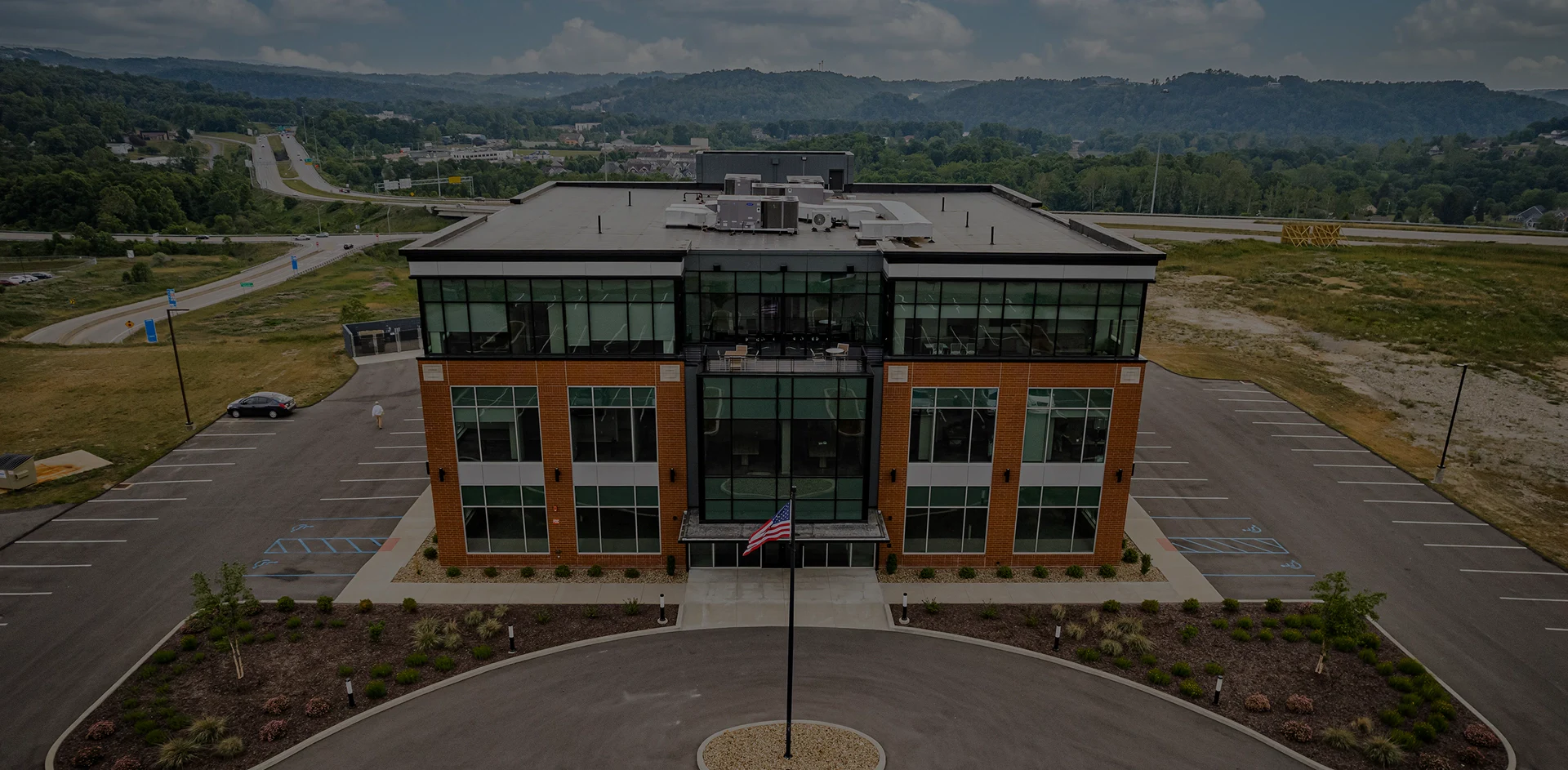Compensable Injuries: How a Lawyer Can Help | Desai Law

A personal injury accident can cause severe damage to virtually any part of the body. But some injuries are more common than others. In this blog post, we will explore some more common accident injuries in personal injury cases, the harm they can cause, and how legal recourse can help you recover for expenses and impacts of such injuries if they occurred due to another party’s wrongful or negligent actions.
Traumatic Brain Injuries
Traumatic brain injuries (TBI) typically occur from a violent jolt or blow to the head or body or when an object goes through the brain tissue. If an impact to the brain is relatively minor, it may only affect the brain cells temporarily. However, more serious TBI can involve torn brain tissue, bleeding, bruising, and other physical damage to the brain, possibly causing long-term complications or death.
TBI symptoms are wide-ranging and may not always appear immediately after an accident. In some cases, symptoms can take days to even weeks to manifest. Thus, those who have experienced any kind of impact to the head should seek medical attention as soon as possible, so that any TBI can be addressed and treated before causing worse complications.
Some common TBI symptoms to look out for include:
- Nausea
- Vomiting
- Headaches
- Fatigue
- Drowsiness
- Speech problems
- Loss of balance
- Sensory problems
- Sensitivity to light
- Loss of consciousness
While TBI can have many different causes, some more common causes include falls, motor vehicle-related collisions, sports injuries, and acts of violence.
Spinal Cord Injuries
A spinal cord injury may occur after an impact to any part of the spinal cord or nerves at the end of the spinal canal. This injury can often cause permanent changes in sensation, strength, and other bodily functions below the injury site. While assistive or rehabilitation devices allow many people with spinal cord injuries to recover some mobility and independence, there is no cure for this type of injury.
Some of the more common signs and symptoms of a spinal cord injury include:
- Loss of movement
- Loss of bladder or bowel control
- Loss or altered sensation, including the inability to feel cold, touch, and heat
- Changes in sexual sensitivity, function, or fertility
- Intense pain or stinging sensation caused by damage to the nerve fibers in the spinal cord
- Difficulty breathing or clearing secretions from the lungs
Common causes of spinal cord injuries include car accidents and falls. A significant portion of these injuries also results from sport and work accidents.
Fractured Bones
A fractured bone is a broken bone. Bones can be completely or partially fractured in various ways, including lengthwise, crosswise, or into multiple pieces.
Although these fractures can occur for many reasons, the most common cause of a fractured bone is blunt trauma from such things as car accidents, falls, or sport impacts. Legs, ribs, arms, ankles, and wrists can suffer fractured bones. Treatment will depend on the severity of the fracture, as simple breaks may only require a cast, while compound fractures or serious breaks may require more invasive measures, such as surgery.
Whiplash
Whiplash is a neck injury resulting from a forceful, back-and-forth movement of the neck resembling the cracking of a whip. Whiplash injuries are often caused by rear-end car crashes, but they can also result from sporting accidents, physical abuse, or other types of trauma, such as falls.
While many who suffer whiplash injuries get better within a few weeks by following a specific treatment plan that includes exercise, therapy, and pain medications, some are left with chronic neck pain or other life-long impairments.
Soft Tissue Injuries
Soft tissue injuries include damage to the tendons, ligaments, and muscles. These injuries often occur during sporting activities. They also are frequent in certain kinds of accidents, such as slip and falls, car crashes, and work-related incidents. Although soft-tissue injuries vary in severity, they can still take a long time to heal, even with appropriate treatments.
Lacerations
A laceration is a kind of skin wound. Lacerations should not be equated to regular cuts we may experience, such as from an edge of cardstock or even from a kitchen knife. Instead, these cuts are typically caused by heavy sharp objects, such as shards of glass or torn sheet metal that result from a car accident, that penetrate deeply and can be life-threatening. Treatment for this type of injury often consists of stopping the bleeding, cleaning the wound, and if the lacerations are deep, stitches.
Disfigurement
Disfigurement happens when a person has a scar, skin texture, burn, a differently shaped body part, or a missing body limb that affects the person’s appearance. Disfigurement not only causes emotional trauma from looking different from others, but can lead to serious physical problems that require ongoing treatment to prevent further damage.
Many accidents can lead to disfigurement, including motor vehicle accidents, animal attacks, amputations, burns, and heavy construction or machinery accidents. While plastic surgery and other operations can help a person minimize disfigurement, these options are expensive and often risky.
Get the Legal Help You Need
If you suffered an injury because of another person’s wrongful actions or negligence, you may be entitled to compensation for your harm and losses. However, you should not wait to pursue legal action, as there are strict deadlines and requirements to file a personal injury claim.
Retaining an experienced personal injury attorney can provide you the legal help you need to file a claim while you focus on healing from your injuries.
An attorney can:
- Determine whether you have a viable case
- Answer any questions you may have
- Investigate your accident and injuries and gather the evidence required to prove fault and damages
- Bring in the experts, such as accident reconstructionists, to substantiate your claims
- Handle negotiations with defendants and their insurers to fight for a fair settlement on your behalf
- If settlement negotiations fail, take your case to trial and fight for maximum damages
Contact a personal injury attorney today to explore your options for your specific personal injury case.
Recent Posts
The Role of Truck Black Boxes in Accident Investigations Motorcycle Accidents Involving Semi-Trucks: Special Considerations in West Virginia Navigating Medical Bills While Recovering from a Motorcycle Accident Pre-Ride Safety Inspections That Could Save Your Life and Strengthen Your Case Seasonal Motorcycle Storage and Insurance: What Morgantown Riders Should Know